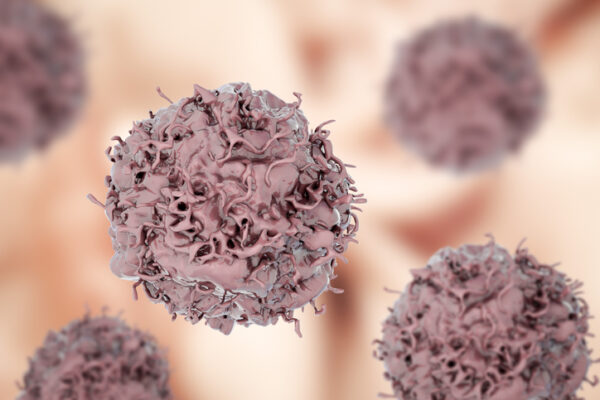
Repare Therapeutics has three cancer drug candidates in the clinic and another one expected to enter Phase 1 by the end of this year. The biotech aims to ensure it has enough cash to support these programs, including the most advanced of them which recently lost its big pharma partner, so it’s implementing a corporate restructuring that cuts out preclinical and discovery work.
The corporate shakeup will cut about 25% of Repare’s workforce, mostly those involved in preclinical work, the company said in its announcement after Wednesday’s market close. Repare is headquartered in Montreal and also maintains operations in Cambridge, Massachusetts. Of Repare’s 179 total employees as of February of this year, 143 are involved in R&D, according to the company’s annual report.
Repare develops drugs that leverage a concept called synthetic lethality, in which a deficiency in a gene pair leads to cell death. A deficiency in one gene is not enough to kill a cell. Repare’s small molecule drugs target the other gene in a pair to trigger cell death. The most advanced Repare program is camonsertib, a drug designed to inhibit the DNA damage response protein ATR.

NEMT Partner Guide: Why Payers and Providers Should Choose MediDrive’s TMS
Alan Murray on improving access for medical transportation.
Two years ago, Roche paid $125 million up front for global rights to camonsertib, which at the time had reached Phase 1/2 testing in a range of tumor types. Repare won’t be getting the up to $1.2 billion in milestone payments laid out in that deal. In February, Repare disclosed the pharma giant had decided to terminate the alliance after “a review of Roche’s pipeline and evolving external factors.” A separate collaboration with Bristol Myers Squibb is ongoing. The Roche termination was effective in May. Camonsertib is still in Phase 1/2 clinical testing. A study of the drug as a monotherapy for non-small cell lung cancer is enrolling patients with ATR-inhibitor sensitizing mutations; preliminary data are expected in 2025.
The Repare pipeline also includes lunresertib, which blocks a target called PKMYT1. A Phase 1 test of lunresertib in combination with camonsertib is underway at the recommended Phase 2 dose in patients with ovarian and endometrial cancers. The company said it expects to report data from this study in the fourth quarter of this year, which could set the stage for a registrational study in 2025.
Meanwhile, RP-1664, an inhibitor of PLK4, is in Phase 1 testing. The company expects to advance this drug to a Phase 1/2 clinical trial enrolling pediatric patients with high-risk, recurrent neuroblastoma. RP-3647, Repare’s polymerase theta ATPase inhibitor, is on track to begin a Phase 1 dose-finding study in the fourth quarter of this year.
In its report of second quarter 2024 financial results on Aug. 6, Repare said its cash position was $208.1 million, which it expected would be sufficient to fund operations into mid-2026. The board of directors approved the strategic reprioritization on Aug. 1, according to an Aug. 28 Repare regulatory filing. No mention of this corporate shake-up was made in the quarterly report. Repare expects to record a one-time cash charge of $1.5 million to $2 million for termination benefits. The restructuring will save an estimated $15 million annually, which extends Repare’s cash runway into the second half of 2026, the company said in the filing.
“We acknowledge today the extraordinary contributions and productivity of our discovery team, who have enabled the development of our deep, innovative clinical portfolio,” Repare President and CEO Lloyd Segal said in a prepared statement. “In our mission to rapidly develop new, practice-changing therapies, we will more fully dedicate our resources to our most promising and advanced precision oncology programs to maximize value for patients and for our shareholders.”
Illustration: Getty Images








